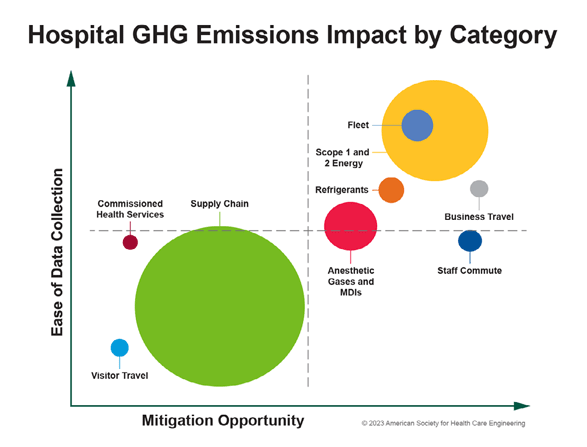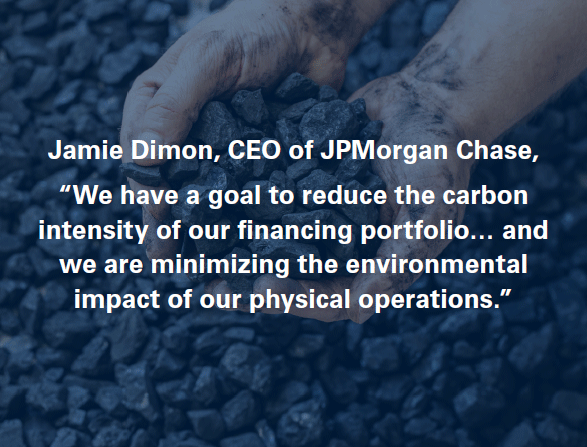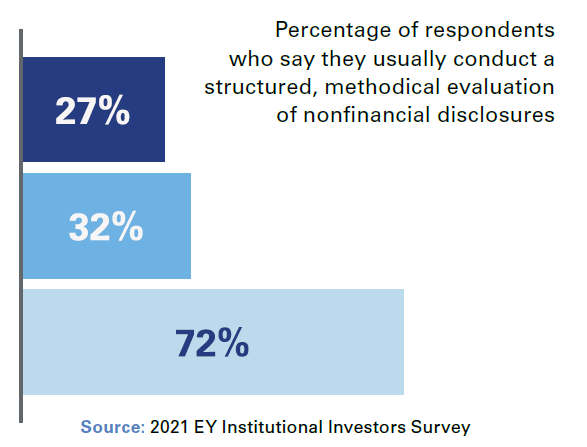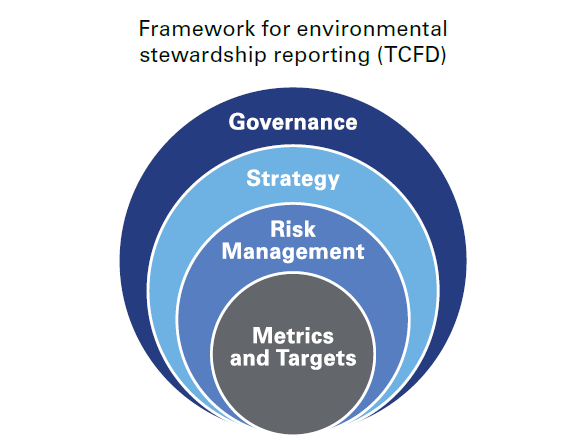The CFO’s Guide to Environmental Stewardship
Finance teams led by the chief financial officer support sustainability and environmental stewardship initiatives through bolstering the value proposition, defining outcomes, and tracking and measuring progress toward sustainability goals. Whether through analyzing pricing or assessing risk, CFO’s play an integral role in in environmental stewardship.
Sustainability initiatives in health care organizations should include operational practices and focused projects — both of which require funding. As a key voice in the financial analysis for these projects and initiatives, the chief financial officer and finance team can support the value proposition by helping to define expected outcomes. Finance teams also have the skills to support internal measurement and tracking to monitor progress towards sustainability goals.
KPIs for sustainability and decarbonization may include:
- Energy consumption and associated emissions.
- Fuel consumption in owned and leased vehicles and calculated emissions.
- Emissions from business travel.
- Emissions from anesthetics.
Because 80% of health care emissions are from purchased goods and services:
- Track spending to analyze scope 3 emissions within the organization.
- Work with operations and procurement to identify suppliers that can reduce scope 3 emissions.


Sections
Benchmarking Outside of Health Care
Some chief financial officers (CFOs) are treating non-financial KPIs and targets with the same prudence as traditional financial targets and linking sustainability to value drivers.
68% of CFOs globally take responsibility for their organization’s environmental stewardship performance.
73% of investors surveyed say they will devote considerable time and attention to evaluating the physical risk implications from the environment when they make asset allocation and selection decisions (see figure).


Recommendations for the Health Care CFO
- Review financial analysis practices to recognize environmental impacts. For example:
- Assess risk to disruption in operations.
- Inquire with financing, banking and insurance providers about environmental stewardship practices:
- Competition in the marketplace creates incentives for providers to innovate in environmental stewardship, if they understand the organization values it.
- How do partners incorporate sustainability in the services they offer?
- Recognize sustainability in non-financial reporting for your organization:
- Annual environmental stewardship report



